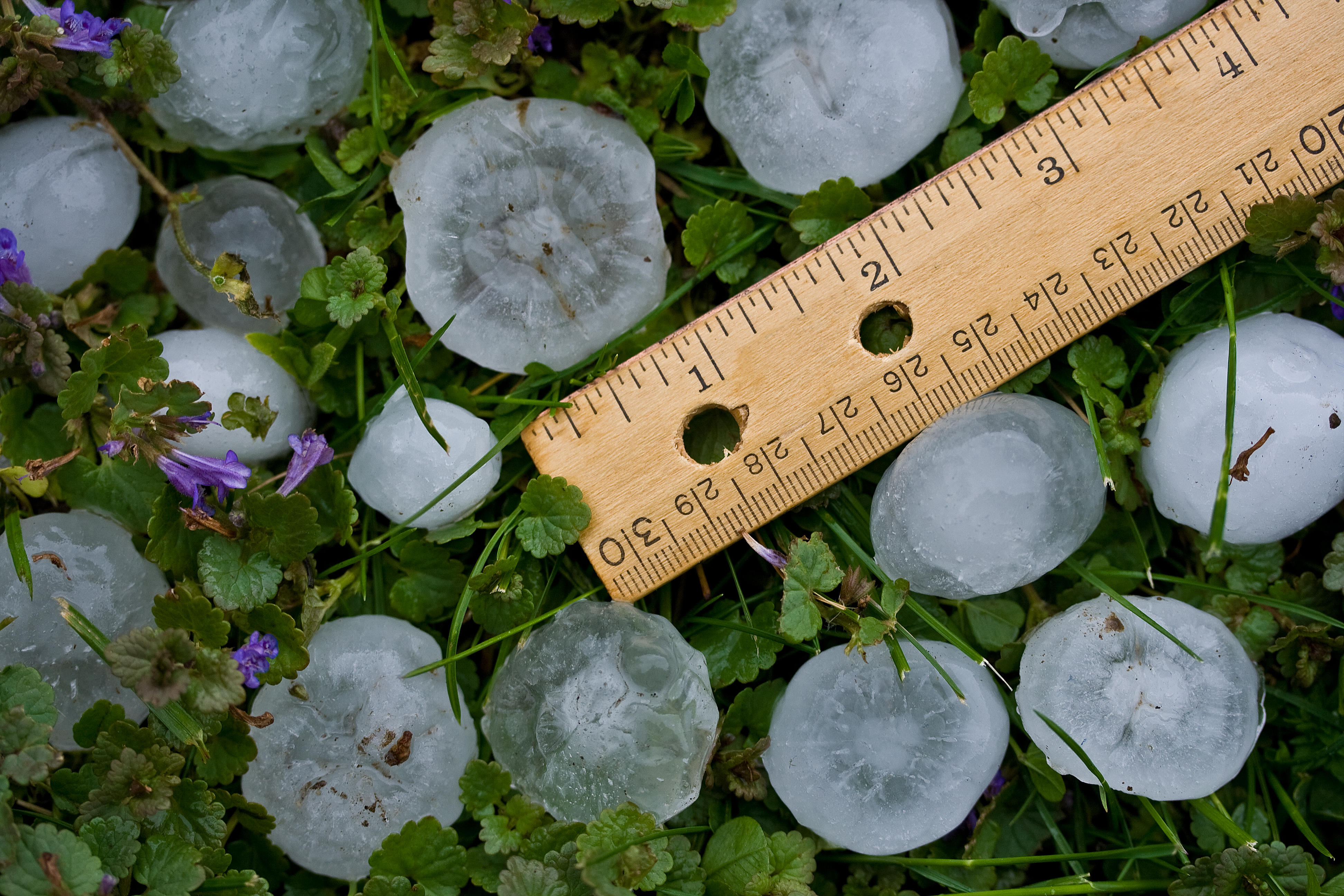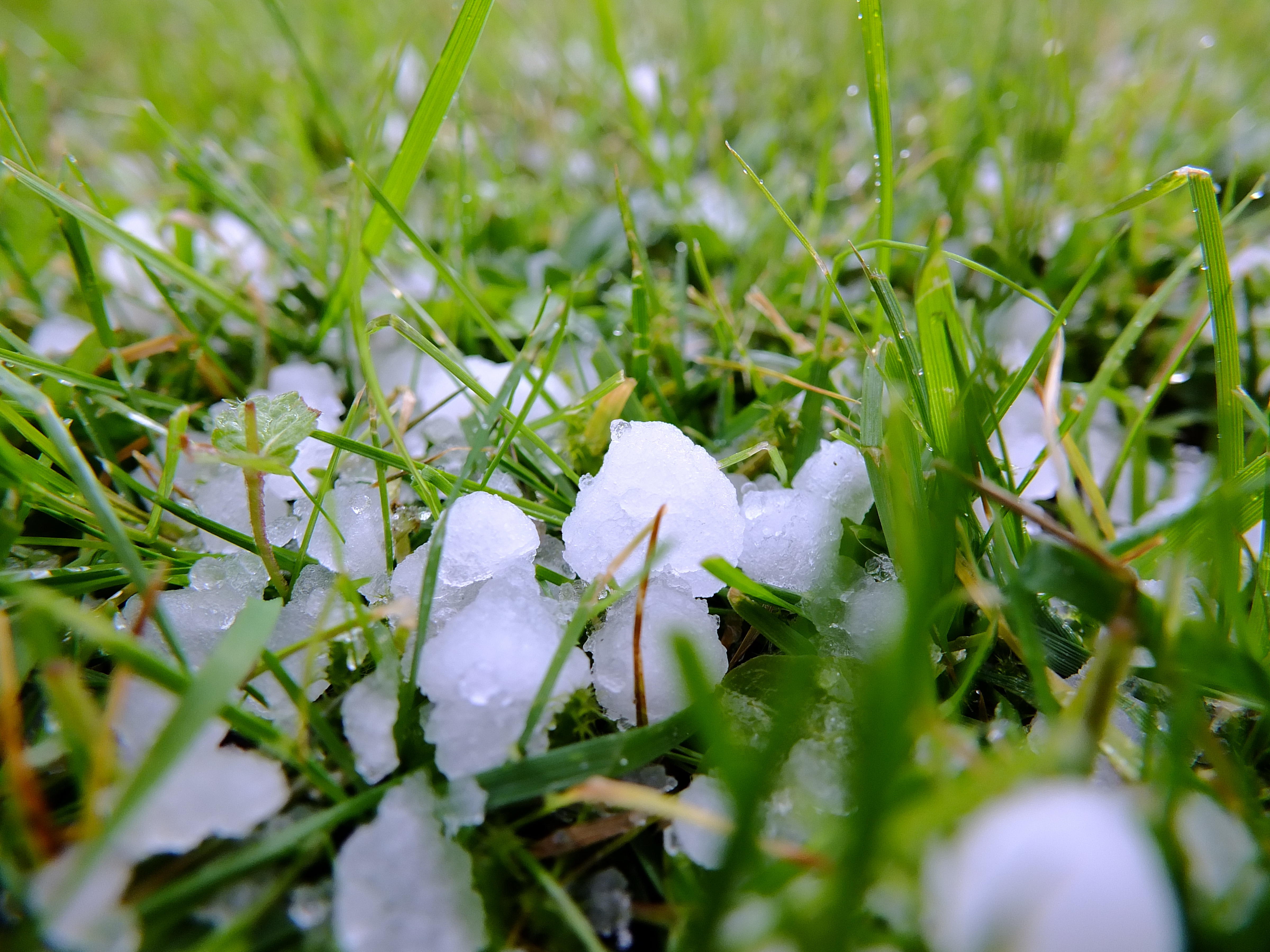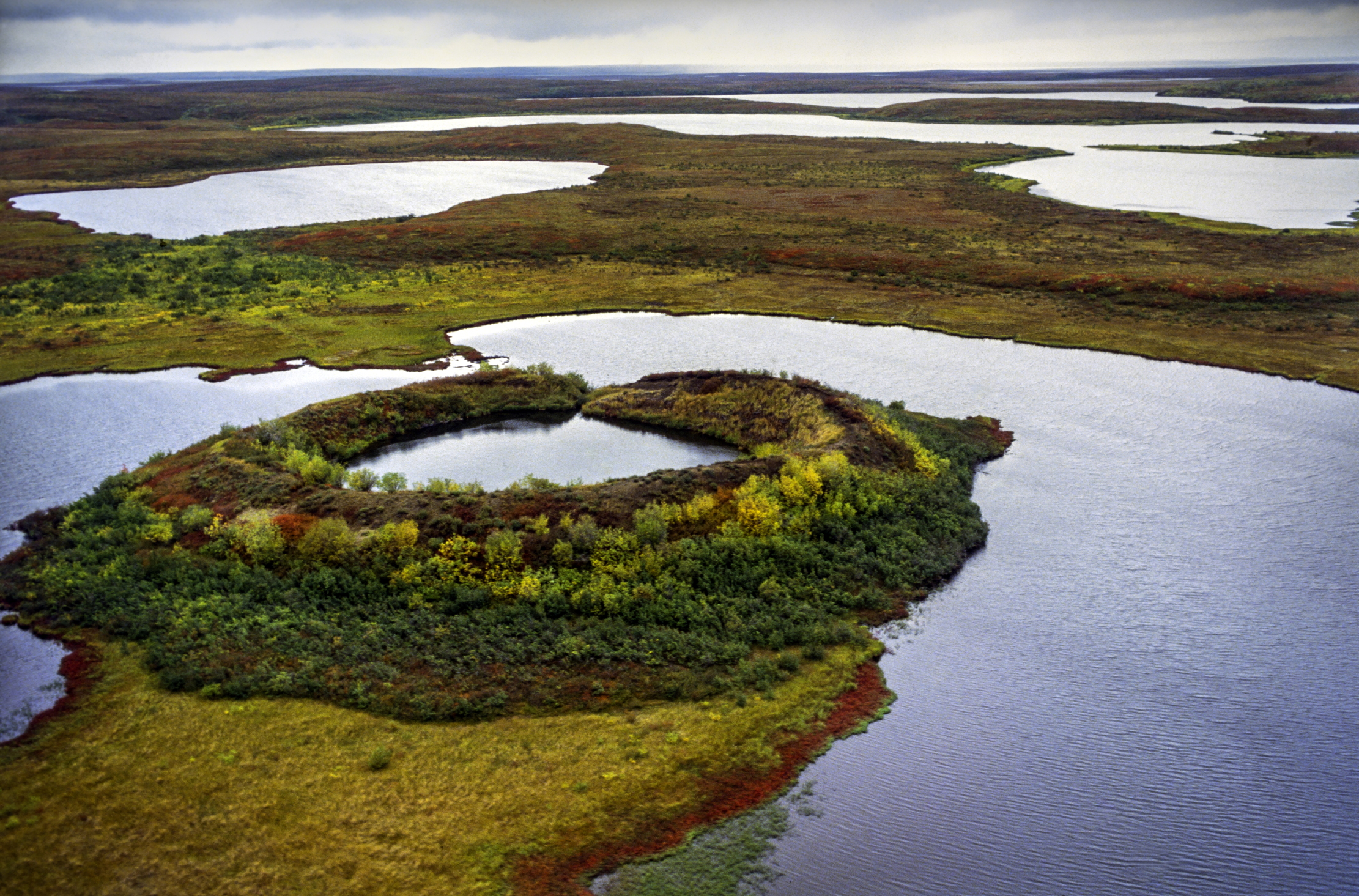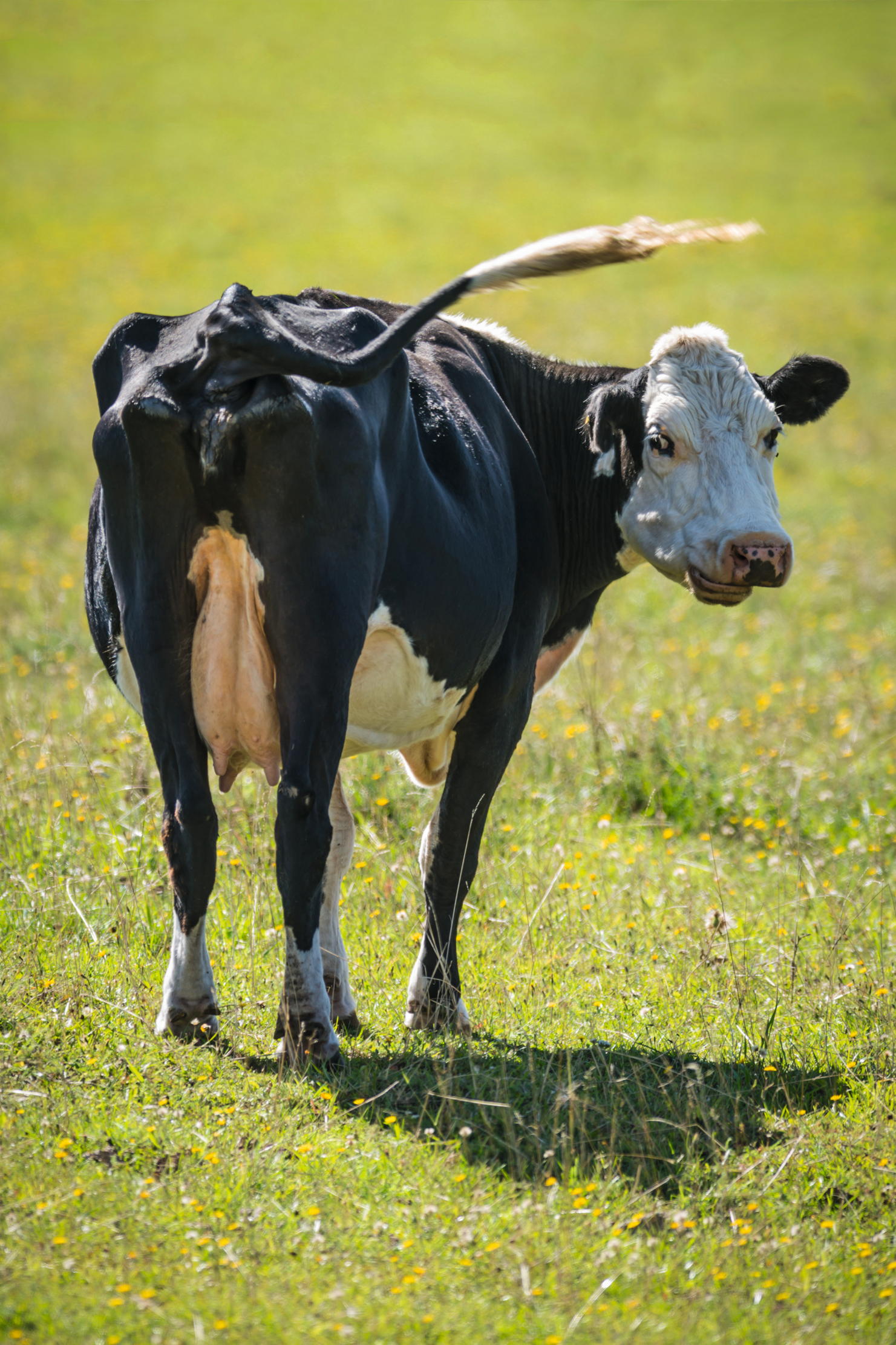Curious Questions: How are hailstones formed? And how big can they get?
Inspired by the recent wacky weather, Martin Fone — author of 50 Curious Questions — turns his gaze to what is undoubtedly the strangest form of precipitation: hail.


Here in Britain we are often accused of being obsessed with the weather. It is not surprising. As well as being the perfect icebreaker to get a conversation going, we can often get all four seasons in a day.
Take the past week in early April. I woke up to mist, then the sun came out in the late morning almost enticing me to take a stroll, until, suddenly, the skies darkened and we had one of the sharpest hail storms I have known for ages. As I dived for cover and watched pellets of ice bounce on the patio and my verdant lawn turn white before my eyes, I realised I knew very little about this meteorological phenomenon.
The first thing to get straight is that although the end result of a hailstorm is a ball of ice, it is not necessarily a winter phenomenon. They can happen at any time of the year and are particularly frequent in the summer months.
"If you were to dissect a hailstone — I have never tried it myself — you will find it has rings, just like a tree"
The harbinger of an impending storm is the presence of cumulonimbus clouds in the sky. These are the tall, vertical clouds that seem to lower menacingly in the skyline and the only ones that can produce hail, lightning and tornadoes. When a storm is brewing the top of the cloud flattens to make an anvil like shape, sometimes known as a thunderhead. As the cloud grows, it stores more and more energy until it effectively bursts.
At the base of the cloud is warm air but the temperature is below freezing in the upper reaches. Strong winds carry rain drops from the lower level to the upper, where they freeze, and then they are carried back to the lower level where they begin to thaw and collect more rain droplets. The process is repeated several times until the frozen raindrop is too heavy for the wind to carry it and it falls to the ground as a hailstone.
A new layer of ice is added to the droplet each time it shuttles up and down between the lower and upper levels of the cloud. If you were to dissect a hailstone — I have never tried it myself — you will find it has rings, just like a tree, and you could work out how many times it had been trapped in its celestial lift until it finally broke free.
Snow, on the other hand, can be formed in any rain-bearing cloud when water vapour cools rapidly and turns to ice crystals. There are up to eighty different forms of ice crystal that make up snow but that’s another story.
Exquisite houses, the beauty of Nature, and how to get the most from your life, straight to your inbox.

The enquiring mind, though, is not just content to leave matters at that. Other questions spring to mind; How big do they get, how fast do they travel, and what are the chances of being killed by one?
The accepted way to think about the size of a hailstone is by considering its diameter and relating it to an everyday object. A hailstone with a diameter of around a quarter of an inch is called a pea while a marble is twice the size. A golf ball would describe a stone of around an inch and a half while a grapefruit would be a whopping four inches in diameter. All very imprecise but I’m sure you get the picture.
But these all pale into insignificance when compared with a hailstone with an eight-inch diameter found by Lee Scott, following a storm in Vivian, South Dakota on July 23, 2010 and one with a circumference of 18.75 inches which fell on a roof in Aurora in Nebraska on June 22, 2003.
The heaviest hailstone, though, fell in the Gopalgani district of Bangladesh on April 14, 1986, weighing an astonishing one kilogram.
As to speed, there are a couple of rules of thumb which you should bear in mind. The bigger the stones, the faster they are likely to fall and some will travel at a rate of up to 50 metres per second — or over 100 mph. On the other hand, the larger the stones, the fewer there are likely to be. The prevailing winds will play an important factor, either slowing their progress or accelerating them down to earth. The shape of the stone will also have an effect, some being more aerodynamic than others.
Hailstorms usually last a few minutes at most but the one that hit Seldon in Kansas on June 3, 1959 deposited a layer of hail some 45 centimetres thick across an area of 140 kilometres.
As to the risk of injury, those cheery people at the National Oceanic Atmospheric Association calculate that 24 people in the United States are hospitalised each year from injuries sustained from hailstones.
But, according to the World Meteorological Organisation, the highest death toll from a hailstorm is 248, after hailstones, described as large as 'goose eggs and oranges and cricket balls' struck Moradabad in Uttar Pradesh in India on April 30, 1888.
My advice? Next time you see a cumulonimbus, take yourself indoors.
Martin Fone is the author of 'Fifty Curious Questions: Pabulum for the Enquiring Mind'.

Credit: Alamy
Curious questions: Are you really never more than six feet away from a rat?
It's an oft-repeated truisim about rats, but is there any truth in it? Martin Fone, author of 'Fifty Curious Questions',

Credit: Photo by FLPA/Hugh Lansdown/REX/Shutterstock – Bullet Ant (Paraponera clavata) adult, standing on leaf in rainforest, Tortuguero N.P., Limon Province, Costa Rica
Curious Questions: What is the world’s most painful insect sting – and where would it hurt the most?
Can you calibrate the intensity of different insect stings? Martin Fone, author of 'Fifty Curious Questions', investigates.

Curious Questions: Why does nobody know where Christopher Columbus is buried?
He's one of the most famous human beings ever to walk the planet, but the final resting place of the

Credit: Rex
Curious Questions: Why do we still use the QWERTY keyboard?
The strange layout of keyboards in the Anglophone world is as bafflingly illogical. Martin Fone, author of 'Fifty Curious Questions',

Credit: Alamy
Curious Questions: Why does freshly-mown grass smell so good?
Nothing says 'Spring is here' better than that wonderful aroma of newly-cut lawn. Martin Fone, author of 'Fifty Curious Questions',
After graduating in Classics from Trinity College Cambridge and a 38 year career in the financial services sector in the City of London, Martin Fone started blogging and writing on a freelance basis as he slipped into retirement. He has developed a fearless passion for investigating the quirks and oddities of life and discovering the answers to questions most of us never even think to ask. A voracious reader, a keen but distinctly amateur gardener, and a gin enthusiast, Martin lives with his wife in Surrey. He has written five books, the latest of which is More Curious Questions.
-
 'The best bulbs are those that give maximum pleasure for minimum effort — and these are the ones which will keep delivering for years'
'The best bulbs are those that give maximum pleasure for minimum effort — and these are the ones which will keep delivering for years'Now is the time to decide what bulbs to plant to make the most of next spring. Charles Quest-Ritson offers his advice.
-
 ‘You've survived 550 miles with me, how about a few more?’: The NHS doctors who said yes to love while retracing the flight of Bonnie Prince Charlie
‘You've survived 550 miles with me, how about a few more?’: The NHS doctors who said yes to love while retracing the flight of Bonnie Prince CharlieNothing says romance like pulling ticks out of one another, getting trench foot and retracing a key piece of Stuart history, finds Lotte Brundle.
-
 Curious Questions: Will the real Welsh daffodil please stand up
Curious Questions: Will the real Welsh daffodil please stand upFor generations, patriotic Welshmen and women have pinned a daffodil to their lapels to celebrate St David’s Day, says David Jones, but most are unaware that there is a separate species unique to the country.
-
 Nobody has ever been able to figure out just how long Britain's coastline is. Here's why.
Nobody has ever been able to figure out just how long Britain's coastline is. Here's why.Welcome to the Coastline Paradox, where trying to find an accurate answer is more of a hindrance than a help.
-
 Curious questions: how an underground pond from the last Ice Age almost stopped the Blackwall Tunnel from being built
Curious questions: how an underground pond from the last Ice Age almost stopped the Blackwall Tunnel from being builtYou might think a pond is just a pond. You would be incorrect. Martin Fone tells us the fascinating story of pingo and dew ponds.
-
 Curious Questions: What's in a (scientific) name? From Parastratiosphecomyia stratiosphecomyioides to Myxococcus llanfair pwll gwyn gyll go gery chwyrn drobwll llan tysilio gogo goch ensis, and everything in between
Curious Questions: What's in a (scientific) name? From Parastratiosphecomyia stratiosphecomyioides to Myxococcus llanfair pwll gwyn gyll go gery chwyrn drobwll llan tysilio gogo goch ensis, and everything in betweenScientific names are baffling to the layman, but carry all sorts of meanings to those who coin each new term. Martin Fone explains.
-
 Curious Questions: How did a scrotum joke confuse paleontologists for generations?
Curious Questions: How did a scrotum joke confuse paleontologists for generations?One of the earliest depictions of a fossil prompted a joke — or perhaps a misunderstanding — which coloured the view of dinosaur fossils for years. Martin Fone tells the tale of 'scrotum humanum'.
-
 Curious Questions: Why do so many animals have bright white bottoms?
Curious Questions: Why do so many animals have bright white bottoms?Why do so many animals have such obviously flashy appendages, asks Laura Parker, as she examines scuts, rumps and rears.
-
 The 1930s eco-warrior who inspired David Attenborough and The Queen, only to be unmasked as a hoaxer and 'pretendian' — but his message still rings true
The 1930s eco-warrior who inspired David Attenborough and The Queen, only to be unmasked as a hoaxer and 'pretendian' — but his message still rings trueMartin Fone tells the astonishing story of Grey Owl, who became a household name in the 1930s with his pioneering calls to action to save the environment — using a false identity to do so.
-
 Curious Questions: Why do all of Britain's dolphins and whales belong to the King?
Curious Questions: Why do all of Britain's dolphins and whales belong to the King?More species of whale, dolphin and porpoise can be spotted in the UK than anywhere else in northern Europe and all of them, technically, belong to the Monarch. Ben Lerwill takes a look at one of our more obscure laws and why the animals have such an important role to play in the fight against climate change.
